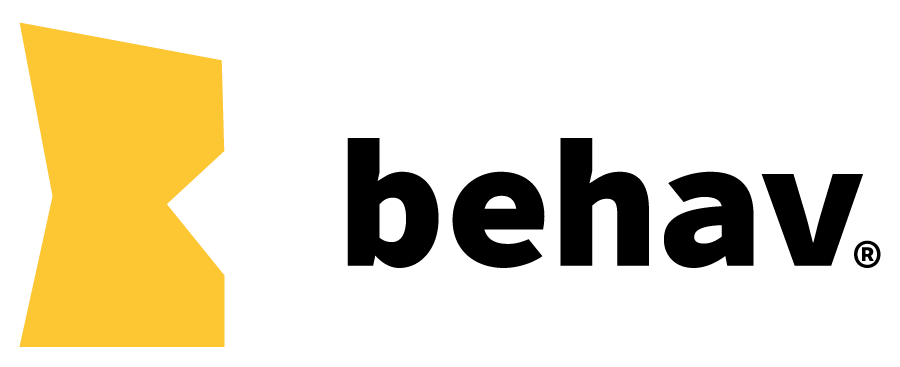Behaviour's Role in Smooth Change
Behaviour's role in smooth change
Written by Lauren Alys Kelly
Change is the only constant.
And yet, each time it occurs, it feels unfamiliar.
A novel challenge.
Why?
Because while the essence of change remains constant, our circumstances, perspectives, and reactions continually evolve. At the heart of managing change effectively lies an understanding of human behaviour. Here's a deep dive into the intricacies of navigating change by anchoring ourselves in behavioural science.
The Beacon of Vulnerability: Letting Down Our Guards
We live in a world that often champions invincibility, where vulnerability is perceived as a weakness. But what if I told you it's one of our most profound strengths?
Vulnerability is about:
Acknowledging uncertainties: This opens us up to richer insights and learning.
Embracing behavioural openness: This encourages authentic connections and breaks down resistance barriers.
Fueling Curiosity: Every question, every doubt, is an avenue for growth.
When we harness our vulnerabilities, we're not just acknowledging our humanness; we're paving pathways for more profound connections and understanding.
Unravelling the Undercurrents: The Hidden Behaviours
Beneath the surface of evident behaviours lies a whirlpool of emotions, motivations, and fears. To truly navigate change, we must become detectives—always seeking, always questioning.
Being a Behavioural Detective involves:
Observing without judgement: Understanding that every action, every resistance, has a root.
Asking the deeper questions: Not just the "what," but the "why."
Engaging with empathy: Going beyond the surface to understand the emotional and behavioural triggers.
Biases: The Unseen Captains of Our Ship
Every decision, every reaction, is influenced by biases—often silently. These cognitive shortcuts can either lead us astray or be harnessed to propel positive change.
To Navigate Biases, We Must:
Recognise them: Being aware is half the battle.
Understand their roots: Why does this bias exist? What purpose does it serve?
Design around them: Create systems and checks that allow us to navigate biases effectively.
Informed Empathy: Beyond Feeling, Into Understanding
Empathy has long been seen as a mere emotional reaction. But what if we paired it with a behavioural understanding?
Informed Empathy involves:
Dissecting the 'why': Going beyond the feeling to understand the triggers and reactions.
Strategising, not just sympathising: When we grasp someone’s behavioural drivers, empathy becomes a tool.
Charting Our Odyssey of Change
With these behavioural lighthouses to guide us, we aren't merely reacting to change; we're navigating it. We're crafting narratives, making informed decisions, and truly connecting with the world around us. We're not just passengers on the vast sea of change but skilled navigators with the right tools and understanding.
The Power Lies in:
Deep Reflection: Take moments to ponder, introspect, and understand.
Active Learning: Continually seek knowledge, especially about oneself.
Engagement: Connect with others, share experiences, and grow collectively.
Remember, the seas of change are vast and sometimes turbulent. But with the right behavioural lighthouses guiding our journey, we can not only navigate these waters but also discover uncharted territories of understanding and growth. The odyssey of change is as much about the journey as the destination. And what a wondrous journey it is!
